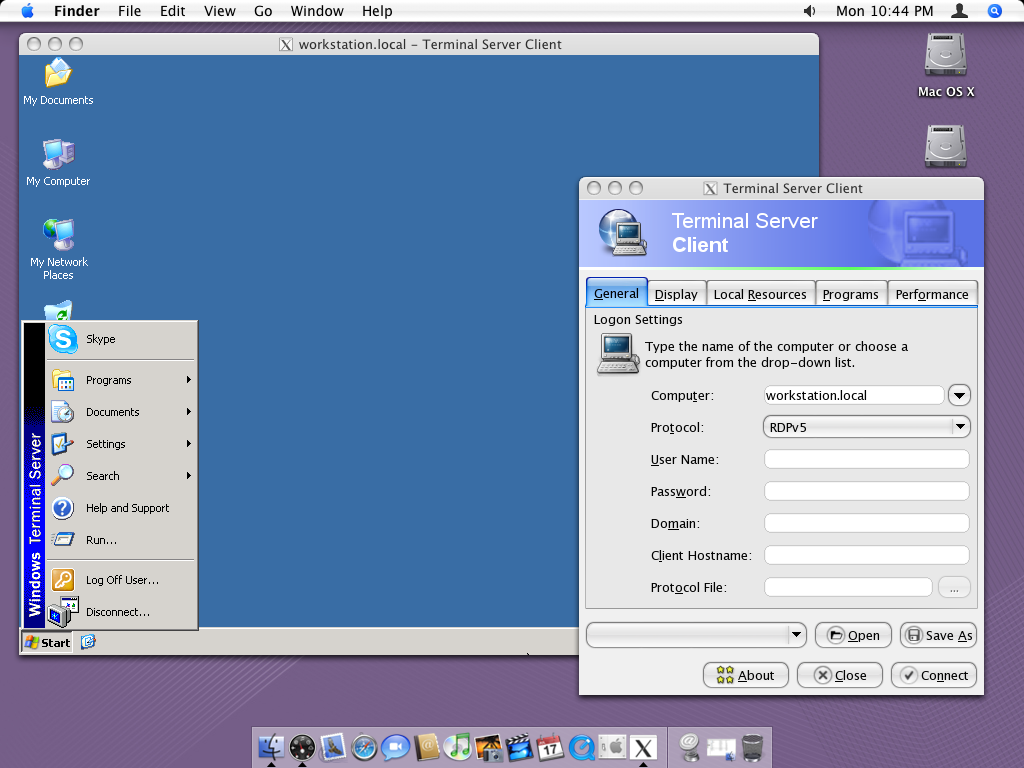

#Rdp client for mac download full#
L PT port redirection, which can be used to make some local Line Printer Terminal devices available to the remote PC (thus allowing local printing of remote files).Īs we can easily see those functions can be quite powerful, since they allow the remote user to easily access to the files hosted on the company-owned PC in various ways: this can be great when they (and/or the company they work for) have full ownership and rights to handle them in any way, yet it can also pose severe risks of unauthorized data breaches if they don't.Īs a matter of fact, the remote workers rarely have full ownership rights over company documents: they are often allowed to access them only from corporate-owned devices, without being authorized to copy or print them somewhere else.COM port redirection, which can be used to make some local COM devices available to the remote PC.Drive mapping/redirection, which allows the remote user to access their local drive(s) through the remote PC (thus allowing file copy/download).Clipboard redirection, which can be used to cut/paste text and files from the remote PC to the local PC and vice-versa (thus allowing file copy/download).In this post we'll see how we can use the Windows Server Group Policy Management Console (GPMC) to globally disable some useful - yet potentially harmful - features that natively come with the Remote Desktop protocol, such as:


 0 kommentar(er)
0 kommentar(er)
